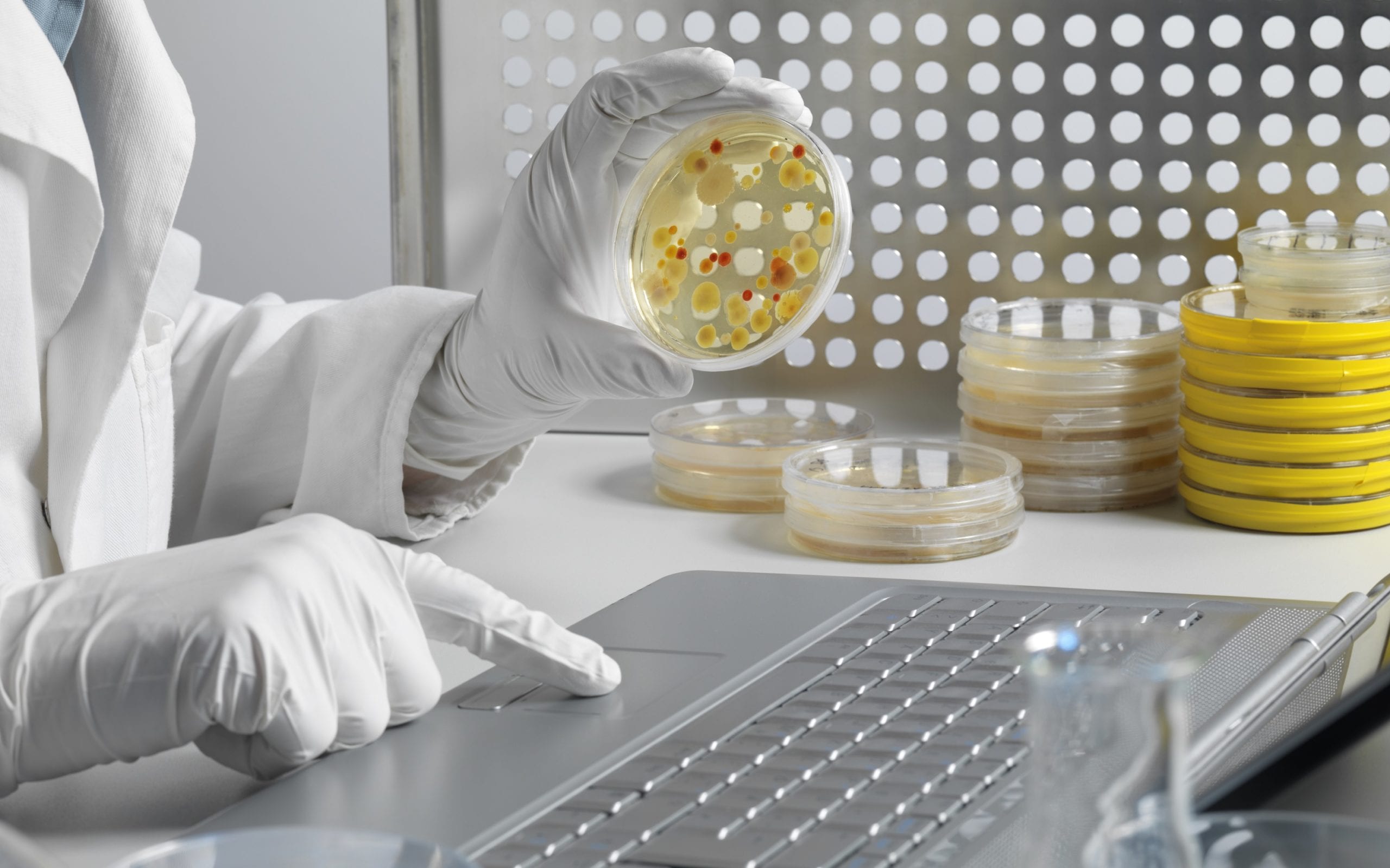Not only can they help fill nutritional gaps, they can also give additional support to certain systems like the heart or the brain. But finding the right supplement for your needs can be tricky. Additionally, the supplement aisle at the drug store can be very intimidating to newcomers. There are so many different kinds of supplements, so many products with the same ingredients, each boasting to be better than the next. So where do you start? Consider this your beginner’s guide.
Quick Supplement Stats
According to the Centers for Disease Control and Prevention, more than half of Americans take some sort of supplement.1 More women than men do, and women age 60 and over take the most supplements of all. Not surprisingly, the most commonly consumed supplement is a multivitamin.
What’s great about supplements is that they are easily accessible. They are available without a prescription and usually come in pill, powder, or liquid form. Aside from multivitamins, the most popular nutrient supplements are calcium and vitamins B, C, and D. Calcium supports bone health while vitamin D helps the body absorb that calcium, Vitamins C and E are antioxidants that help prevent cell damage.
No matter what your goals are, the right supplement can help to improve your health and performance. That being said, you should always know what exactly you’re putting in your body. In other words, don’t take anything you don’t understand.
Top Supplement Tips for Beginners
Let’s take a look at some of our top supplement tips.
- Talk to your doctor. The first step before starting a new supplement is to talk to your health care provider. It’s important to consult your doctor before you start taking a new supplement to avoid the risk of medication interactions or overconsuming certain nutrients. Be sure to come in with your current list of medications, medical conditions, and any issues you’d like to address.
- Read the label. After consulting with your doctor and getting the go-ahead, read the label of the supplement you are considering. Product labels can tell you what the active ingredients are, which additional nutrients are included, the suggested serving size, and the amount of nutrients in each serving.
- Check for supporting science. If a supplement sounds too good to be true, it probably is. Credible, reputable companies have peer-reviewed, double-blind clinical studies to support the use and effectiveness of their products. Also make sure that the recommended dosage is supported by science. If it is, it will be likely discussed in the supporting studies as well.
- Buy your supplements from a reputable source. Some supplement companies do not go through the hassle of quality control processes to ensure the label matches the product and that the ingredients in the bottle are pure. Established brands that are committed to high quality products follow Good Manufacturing Practices established by the FDA and provide honest, truthful advertising following FTC rules. Your local health food store is good place to start if you are interested in trying a new supplement. The store staff is well educated on the products and brands that they carry.
At Wakunaga of America, for example, all of our products are produced according to the Good Manufacturing Practices (GMP) established by the World Health Organization and Food and Drug Administration. In addition, Wakunaga has earned the ISO 9001:2015 certification by Intertek. These certifications recognize our compliance to U.S and international quality standards and demonstrate our commitment to the Quality Management System. Wakunaga also takes part in many peer-reviewed double-blind randomized clinical studies, to support the efficacy of the nutrients in our supplements. Learn more about our science here.
- Store supplements in the appropriate environment. Some supplements need to be refrigerated and others kept away from the light. Be sure to follow proper storage instructions.
- Start slowly. Begin with only one new supplement at a time. Wait a period of time (typically a month) before you throw any additional supplements into the mix beyond those you are currently taking. This will help you determine if this particular supplement is making you feel better or if you’d like to try something else. If you do experience an adverse effect, stop taking the supplement immediately.
There’s a lot to consider when purchasing a new supplement. It is a good idea to spend some time doing the research so you can make sure it’s the best, safest, highest-quality supplement for you. In the end, your improved health will be all the proof you need that supplements really can make a difference.











